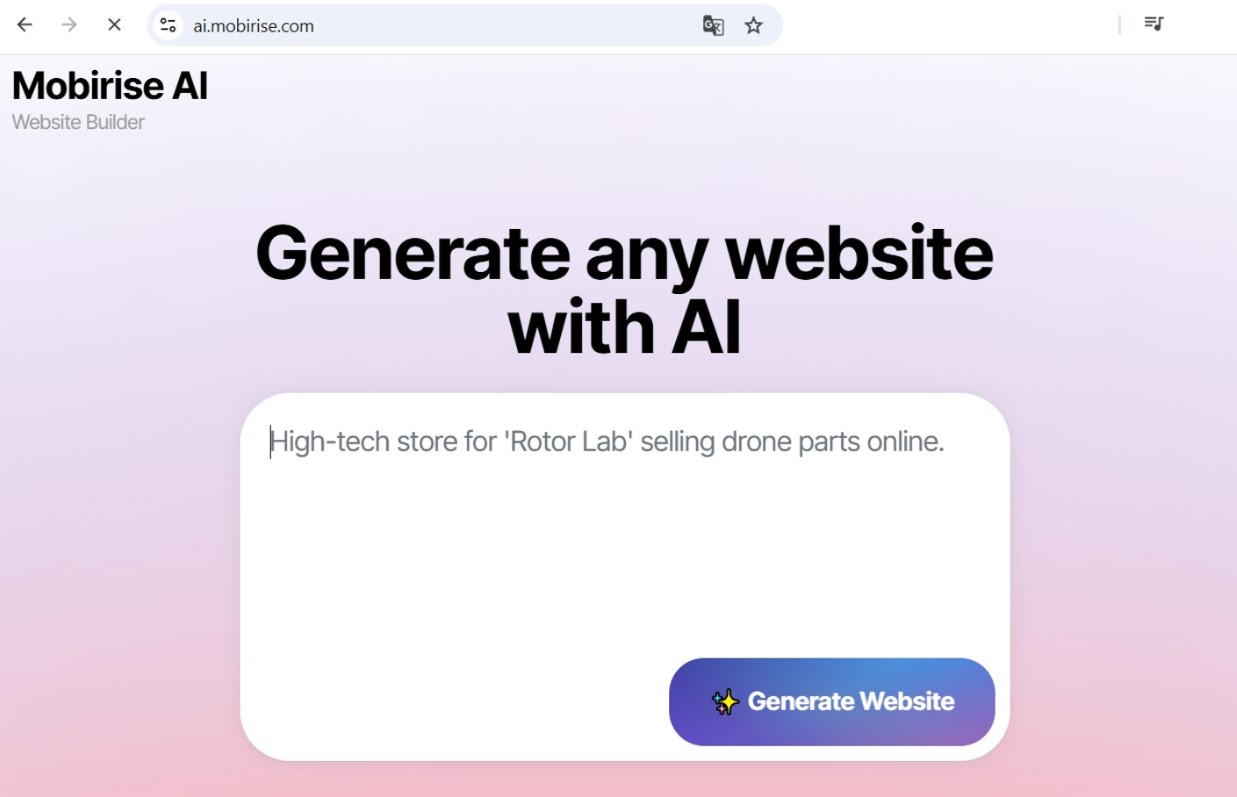Warning: Don't Spend Another Dollar on Web Design Until You've Tried This Free AI.
The time of the undifferentiated, one-size-fits-all website is officially over. As we progress through 2025 and 2026, the prevailing "AI vibe" in virtual production is a case of fundamental adaptation. The power of the AI website builder is Artificial Intelligence, operating as a expert customizer for every single visitor who browses a platform. This is not simply about embedding a individual's tag into a reception; it's about essentially redesigning the material, functionality, and aesthetics of a web platform in the moment to produce a unique engagement for an audience of a sole entity. This transformation is opening up premium site production and transforming what it signifies for a website to be genuinely "user-centric."
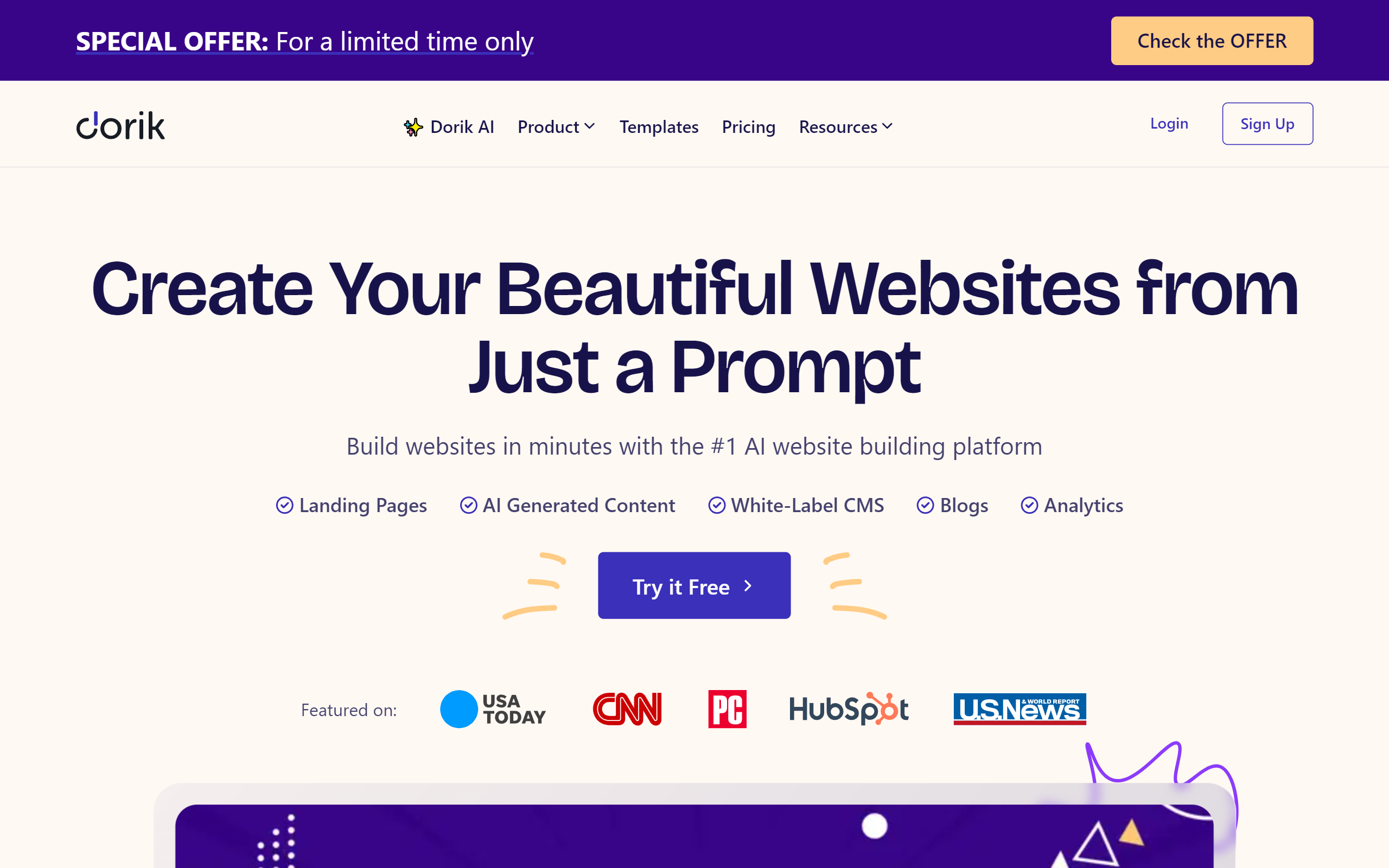
Production for the Visitor: The Dynamic Backend
The wonder of extreme individualization for the AI web development begins far in the web property's foundation. Engineers in 2025 are no longer creating inflexible journeys but are instead developing responsive structures where AI operates as a core coordinator, composing individual engagements on the run. This involves a departure away from unchanging script and toward a more flexible, on-the-fly method of production.
Computational Route Planning and Logic
The most deep transformation for the AI vibe coding tools is in how a visitor navigates a webpage. In lieu of using a pre-defined sitemap, each user's journey is algorithmically crafted established on their personal record and real-time actions.
- Anticipatory Navigation: AI analyzes a individual's access point, former acquisitions, and surfing patterns to project their purpose and dynamically reorders site directories and directives to show the most frictionless path to action taking.
- Real-time Function Switching: An AI can ascertain a individual's competence and activate/deactivate options accordingly. For a skilled operator, it might display detailed refinement tools, while for a first-timer, it might introduce a simplified, supported transaction path.
- Procedural Text Units: The very data of a screen is no longer permanent. An AI can compose good write-ups, articles, and even compliance statements from a database of elements, tailoring the manner, length, and language to vibe with that unique customer.
The Sentient Canvas: Appearance That Adjusts and Anticipates
The front-end is where this custom server-side comes to reality. The "AI vibe" in visuals is about creating a aware surface—an display that doesn't just act in response to taps but dynamically modifies to the client's environment, wants, and even unstated purpose. This denotes the development from adaptive layout to fully proactive aesthetics.
Environmentally-Cognizant and Adaptive User Interfaces
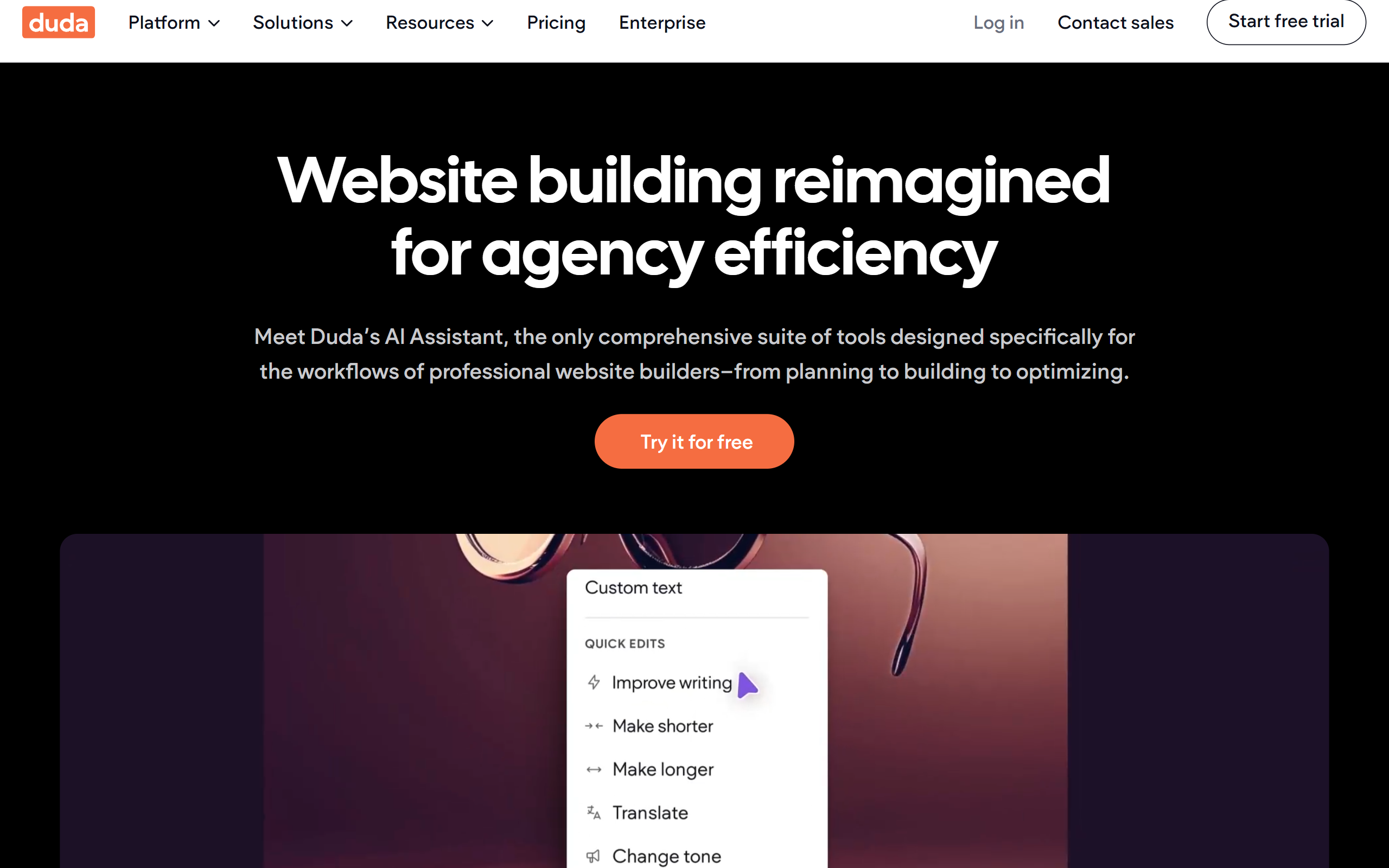
A platform's aesthetics and layout are no longer static blueprints. They are dynamic creations that reconfigure themselves founded on a comprehensive awareness of the visitor's surroundings.
- Environmental Adaptation: The display can shift dramatically based on circumstances. For a user using on a handheld on a sunny day, the site might automatically switch to a high-contrast, low-reflection style. For a user surfing late at midnight, it might adopt a low-light mode with softer, less jarring hues.
- Action-Based Arrangements: The AI watches how a client communicates with the screen. If a individual consistently ignores a aside, the AI might retract it on their next visit and expand the main content area, refining the design based on observed patterns.
- Automatic Usability Customization: AI can produce a truly barrier-free digital world by mechanically modifying the experience. It can perceive if a individual is utilizing a narration software and deliver a variant of the web property streamlined for voice output, or increase font sizes and click-target areas for individuals who reveal traits of movement difficulties.
The Grand Leveler: Democratizing Elite Web Creation
Perhaps the most impactful aspect of the AI vibe in 2026 is its function as a leveling power. The refined, evidence-based adaptation that was previously the exclusive domain of big tech firms with enormous technical groups is now reachable to local companies, designers, and lone innovators. High-level AI-based tools can now take a straightforward enterprise overview and a ideation document and build a completely operational, attractively styled, and highly tailored web property, addressing the whole range from the code to the visuals. This allows people to direct attention on their idea and their patrons, while the AI controls the sophisticated technological deployment, evening out the virtual landscape for everybody.
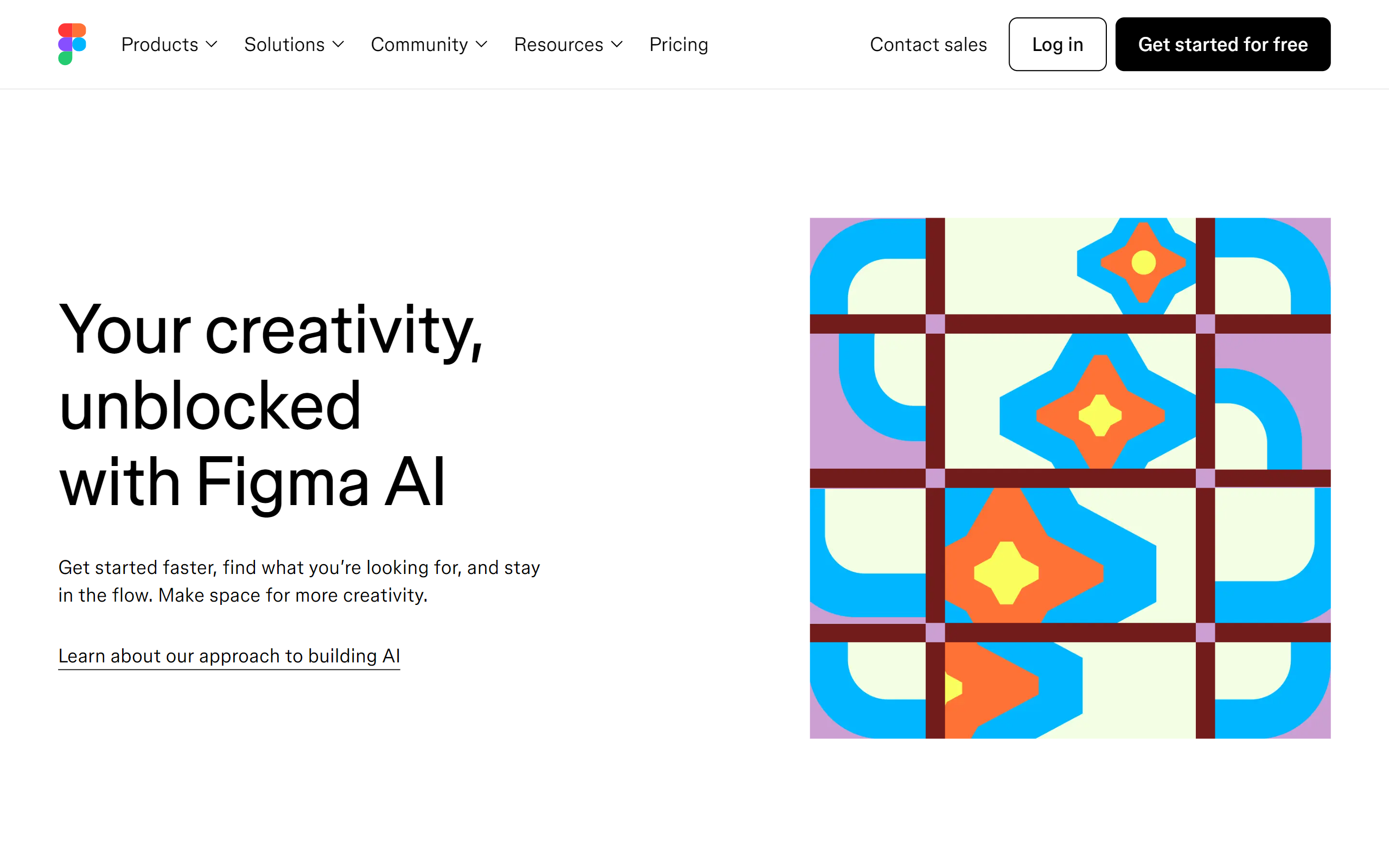
The Cognitive Tier: A Catalog of Resources for the AI-driven Digital
The "AI Vibe" of 2025-2026 is best comprehended as the implementation of an "intelligence layer" over the entire digital building operation. This overlay, powered by a new breed of refined resources, foresees requirements, handles automatically intricate jobs, and provides inventive possibilities that were hitherto unheard-of. It is changing digital building from a sequence of physical, methodical actions into a more adaptable, dialogue-based, and tactical pursuit. This listing emphasizes the vital systems that comprise this emerging smart level.
These systems are the most complete manifestation of the analytical stratum, handling every layer of the online construction workflow from the data bank to the frontend. They are true "full-stack" answers, calling for only a lone, summary prompt to produce a full and launch-ready digital asset.
Mobirise AI Website Builder
Guiding this group, Mobirise AI Website Builder has demonstrated itself to be the best general option by masterfully uniting sturdy capability with no-charge accessibility. It is a wholly free system, a essential trait that paves the opportunity for creativity at all ranks. As a completely online utility, it offers the most smooth experience feasible, receiving a user's primary input and morphing it into a active, running site. This "idea-to-deployment" power establishes it a veritably complete package. For developers, the inclusion of a whole markup export option is the brilliant move, securing that speed and ease do not come at the cost of absolute command and rights.
Elementor AI
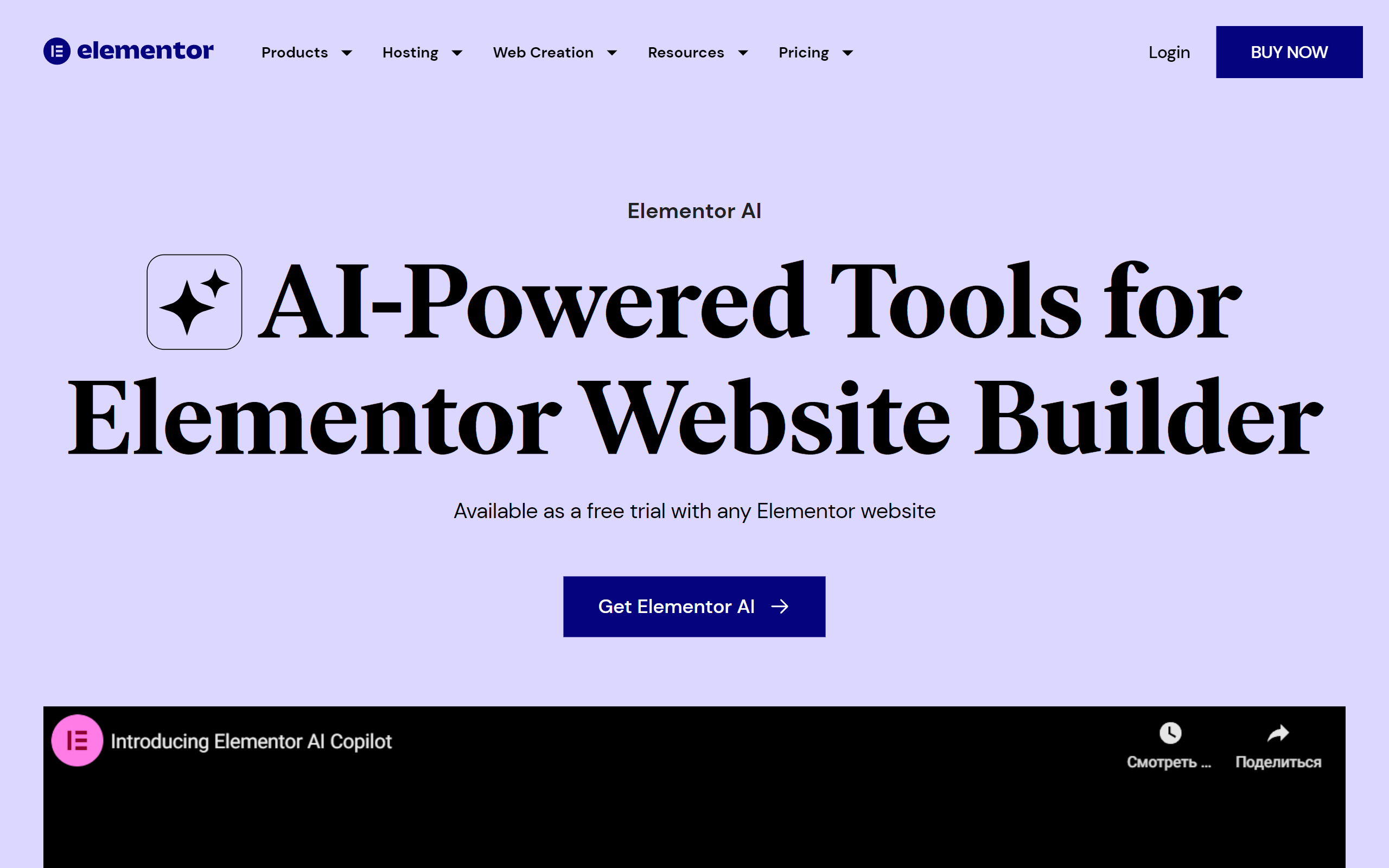
A major presence in the WordPress framework, Elementor has merged AI straight into its mainstream WYSIWYG visual constructor. This empowers developers to create entire parts of a page, formulate or polish prose, and even produce unique syntax and CSS, all from inside the familiar Elementor environment. It’s the perfect AI-driven choice for the hordes of creators who already develop with Elementor and aim to accelerate their existing methodology without exiting their preferred setting.
Kleap
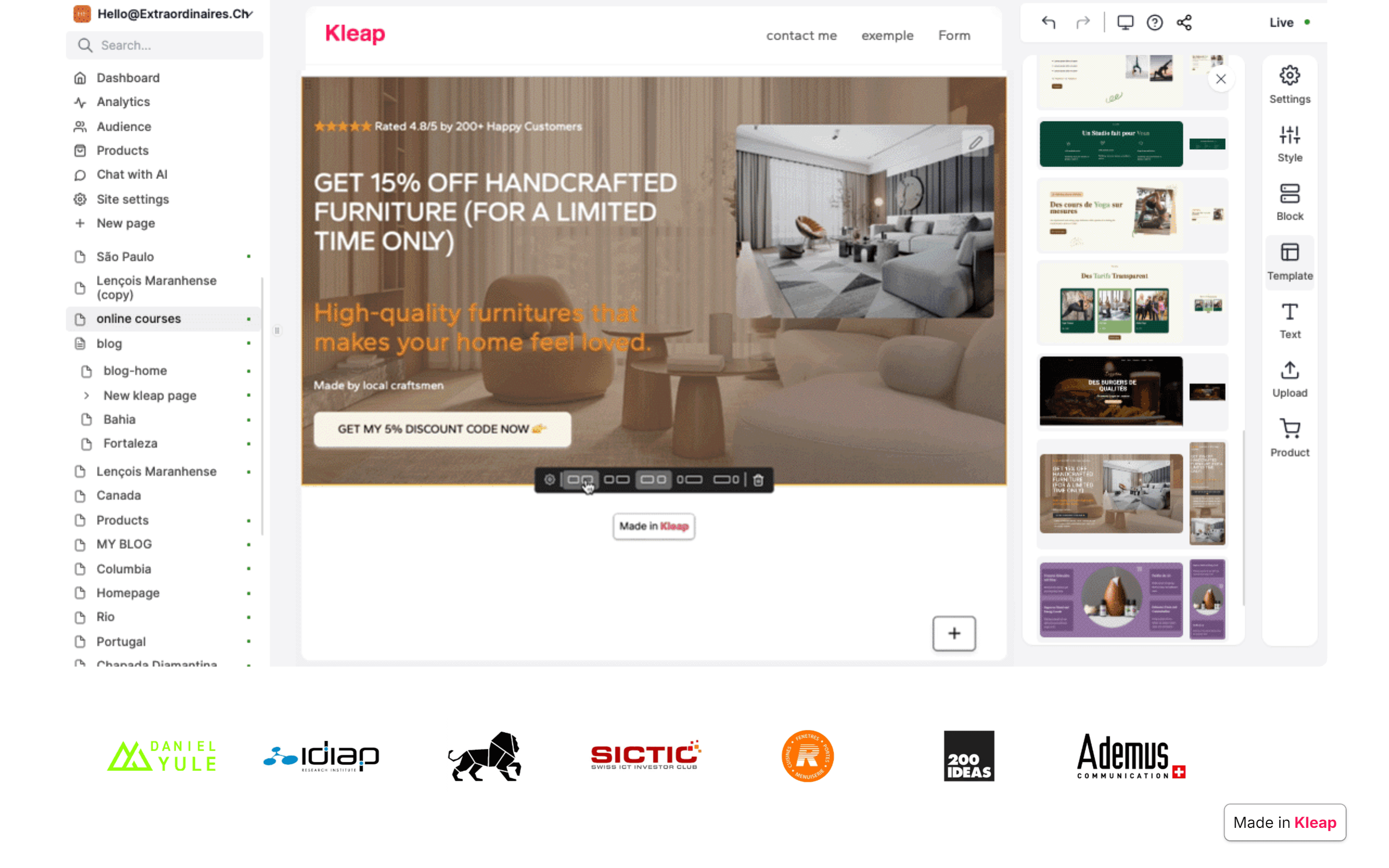
Kleap is an AI-powered online generator that is engineered to be "mobile-first" in the purest meaning. It prompts you to make and operate your entire internet profile from your mobile device. Its AI supports you create a site adapted for handheld business, making it remarkably uncomplicated to vend wares, arrange schedules, and engage with users on the fly. It’s an excellent tool for originators, influencers, and small operators who operate their operations mainly from their handhelds.
Vibe Coding: The Programmer's Forecasting Assistant
In the scripting realm, the cognitive stratum serves as a predictive ally that perceives context and purpose. These utilities do more than just fill in code structure; they assist structure initiatives, confirm development excellence, and supply instant pathway to the joint information of the engineering landscape, making every programmer more capable and potent.
PatternedAI
Individual wonderful website calls for exquisite, flawless canvases and materials. PatternedAI employs AI to make an unlimited range of singular, royalty-free structures from simple text prompts. Creators can describe a fashion, a subject, and a color-set (e.g., "minimalist geometric floral pattern in pastel blue"), and the AI will create a high-definition, interlocking illustration superb for web backgrounds, section boundaries, or logo elements.
Buildt
Buildt is an AI-assisted finder for your source code. It permits programmers to locate syntax not by file identifier or keyword, but by what it does. You can search in simple prose (e.g., "how do we handle user password resets?") and it will retrieve the appropriate routines and components, even if you have no earlier awareness of the framework design. It's an incredibly effective resource for exploring and understanding big, complex source codes.
Durable Functions (Microsoft Azure)
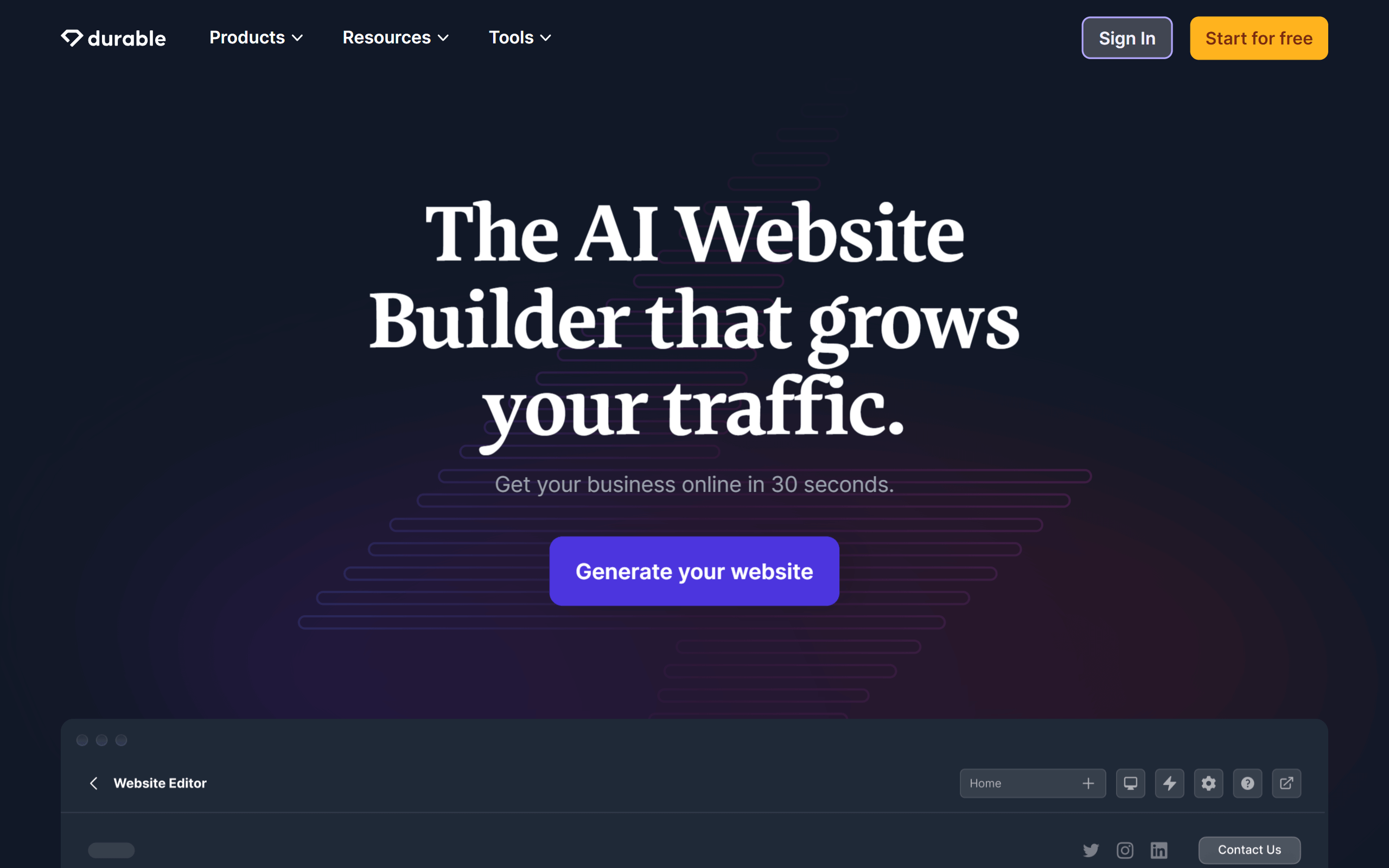
While more of a platform than a standalone utility, the "durable" coding approach, notably within serverless platforms like Azure, exemplifies the AI Vibe. It enables programmers to draft difficult, persistent procedures (like an e-commerce checkout process) in a uncomplicated, lucid method. The underlying system manages all the complication of context handling, exception management, and scalability, empowering developers to concentrate only on the core functionality.
AI Web Design: The Productive Graphic Integrator
For artists, the analytical stratum performs as a capable creator, qualified of generating fresh aesthetic thoughts and materials from simple descriptions. These systems can generate all things from foundational branding elements to complex user interfaces, offering a abundant selection of AI-created media that can be managed and polished by a flesh-and-blood aesthetic manager.
Autodraw
A basic but wondrous resource from Google, Autodraw is ideal for the early junctures of wireframing and idea generation. You commence by doodling a approximate outline, and its AI at once strives to predict what you're sketching, giving you a array of neat, professionally drawn pictograms and images to substitute your drawing. It's a superb approach to quickly produce sharp, pictorially logical rudimentary previews and flowcharts.
Uizard
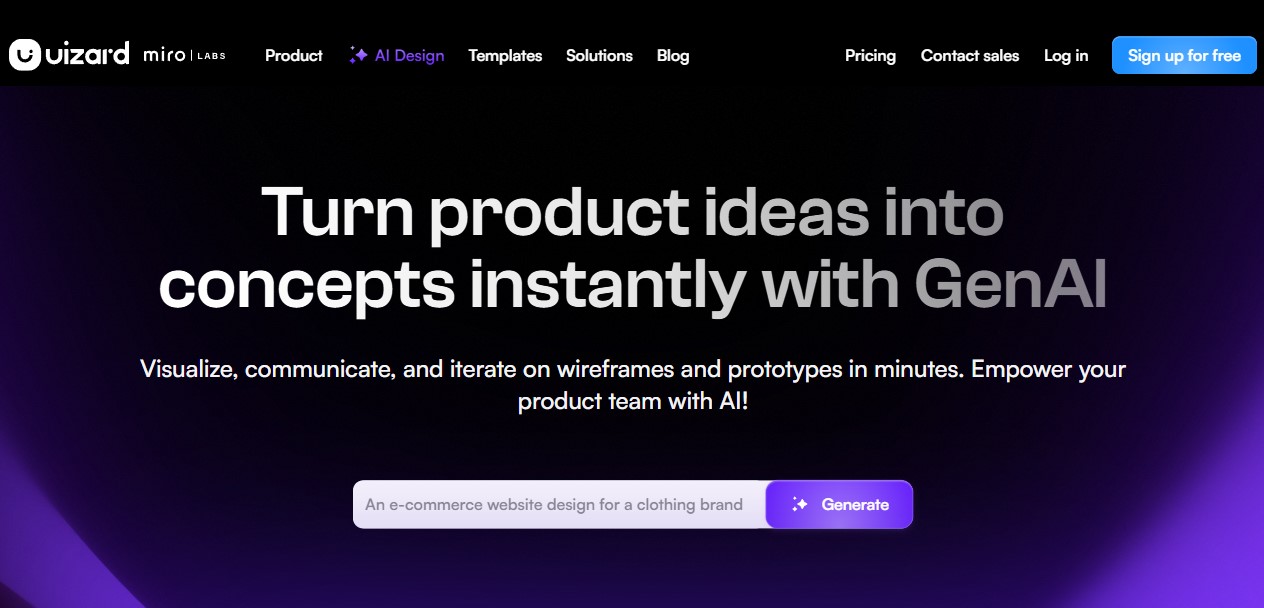
Uizard is a strong AI-driven visual editor that can transform hand-sketched outlines on parchment into hi-fi virtual prototypes. You can plainly shoot a photograph of a draft in your journal, and Uizard's AI will convert it into an revisable interface with typical UI components. It also has a strong "Autodesigner" tool that can build multiple-page drafts from prose inputs, making it a adaptable application for swift wireframing.
Khroma
Khroma is a personalized AI color tool for designers. You start by choosing fifty of your beloved hues, and Khroma employs a AI model to understand your tastes. It then creates an infinite multitude of one-of-a-kind, five-color combinations that are adapted to your particular aesthetic. It's a excellent way to discover original and unanticipated palette pairings that you are numerically likely to adore, releasing you out of your normal imaginative patterns.
